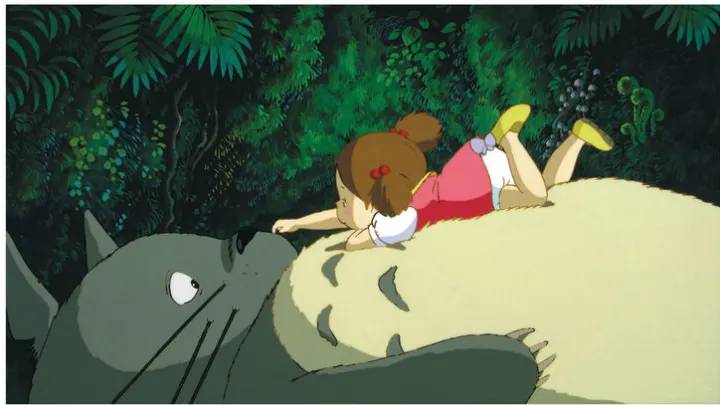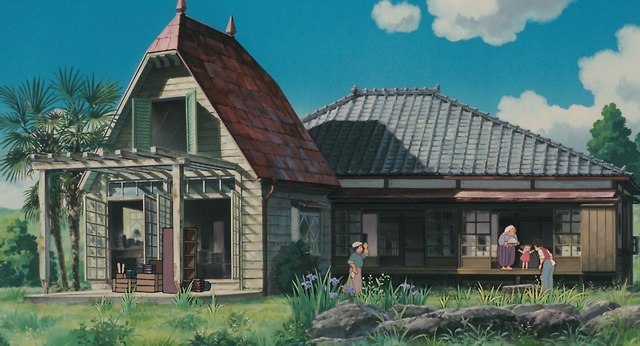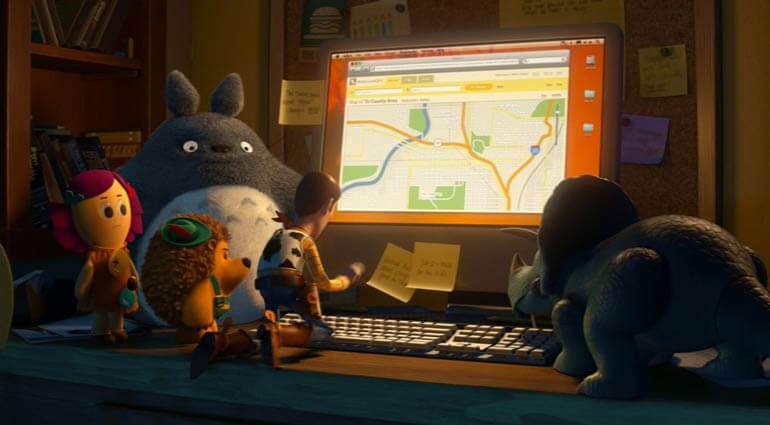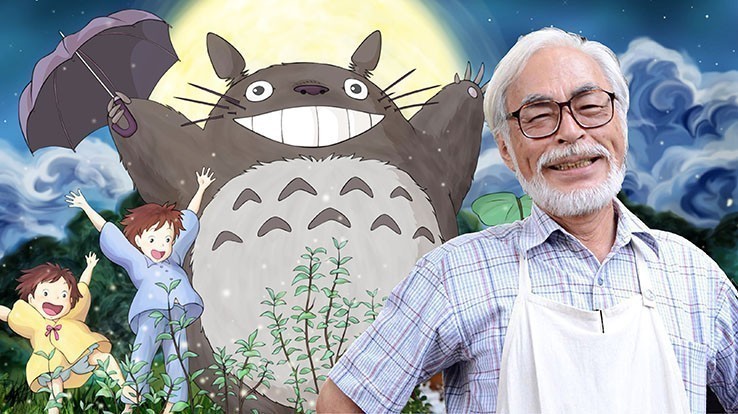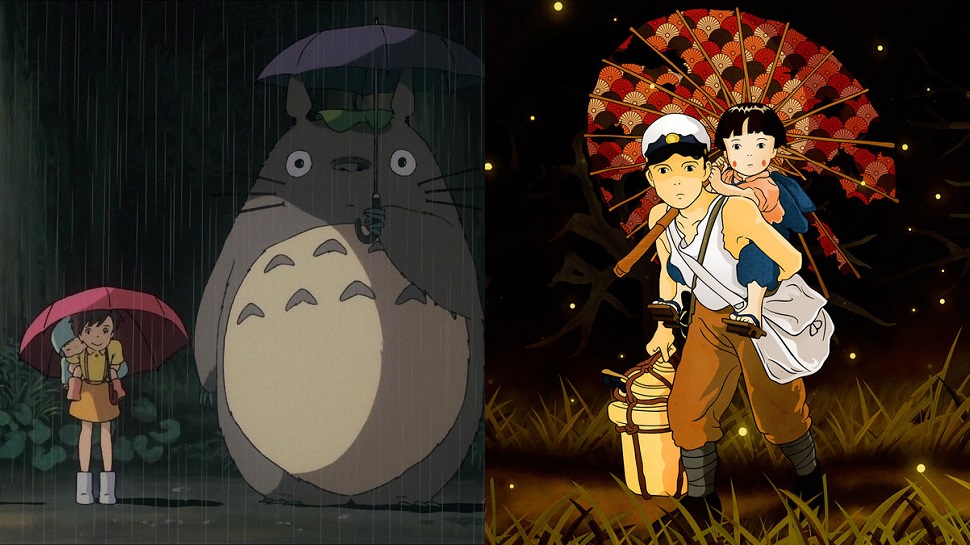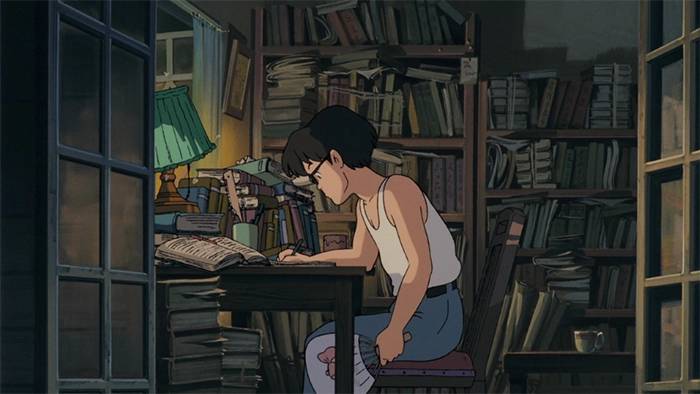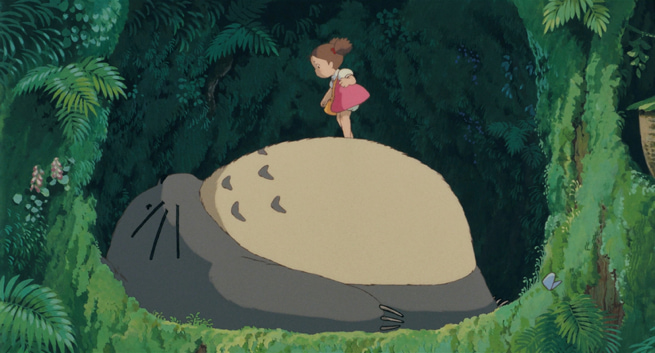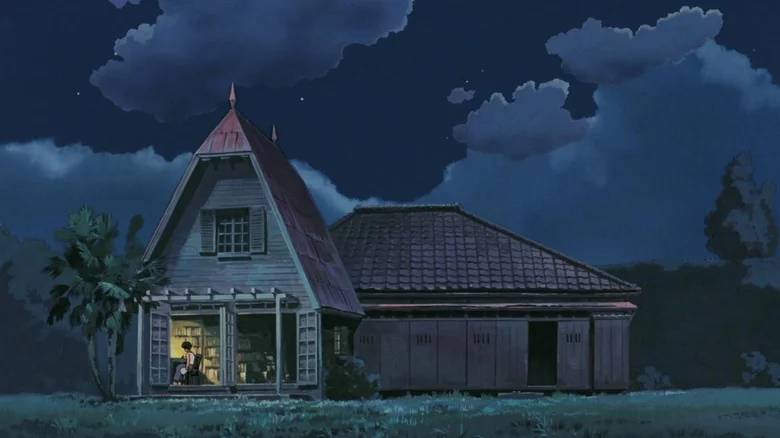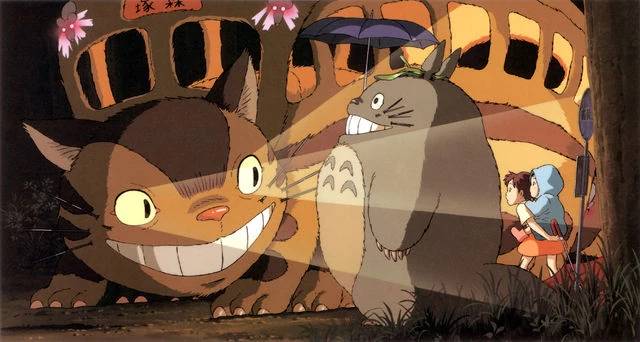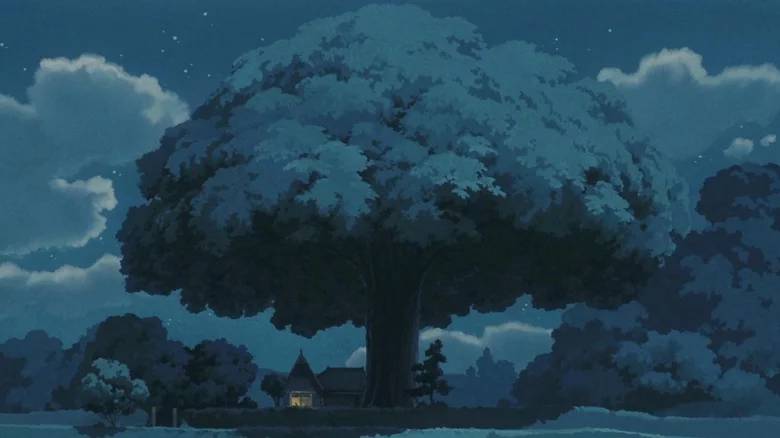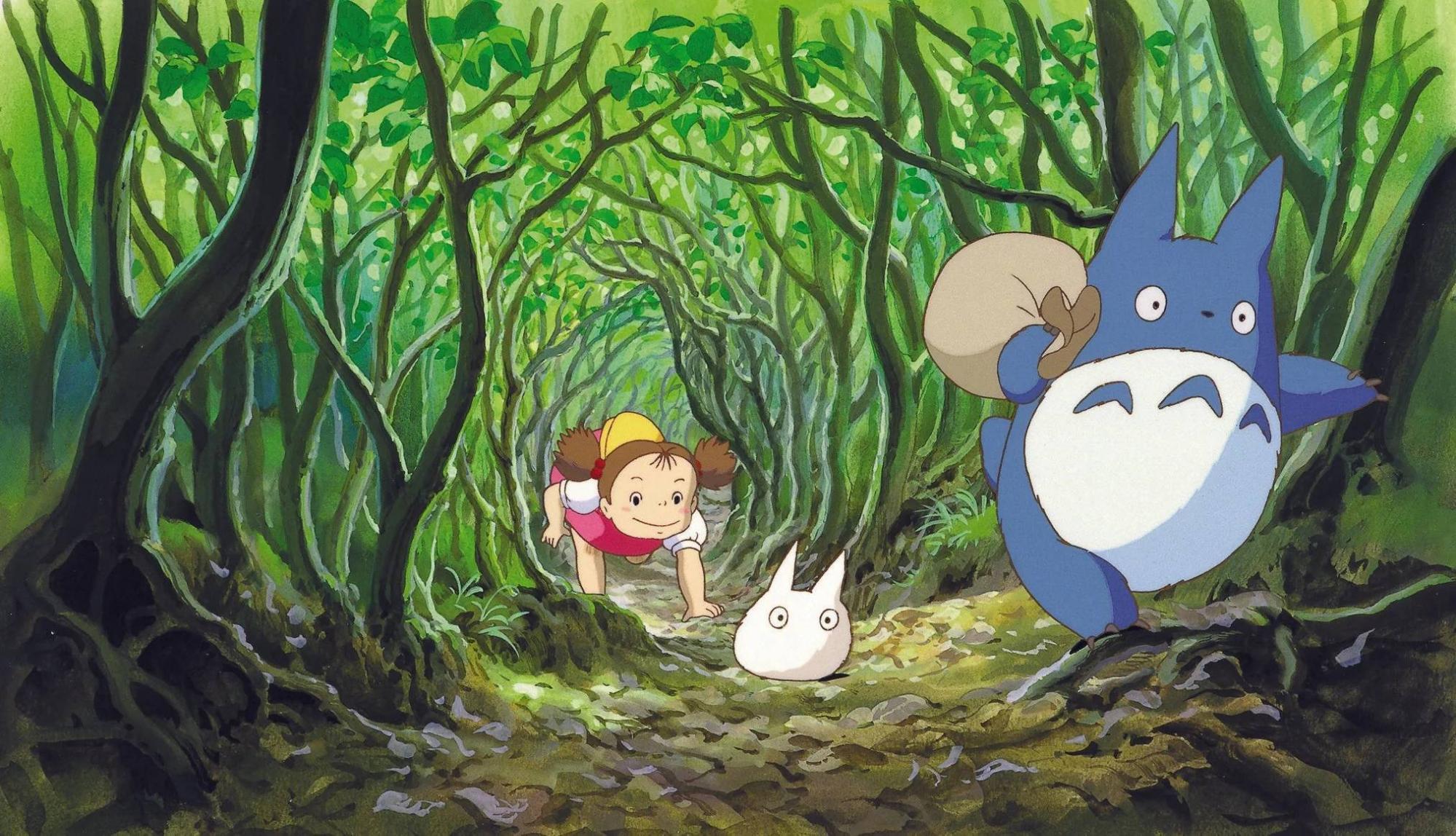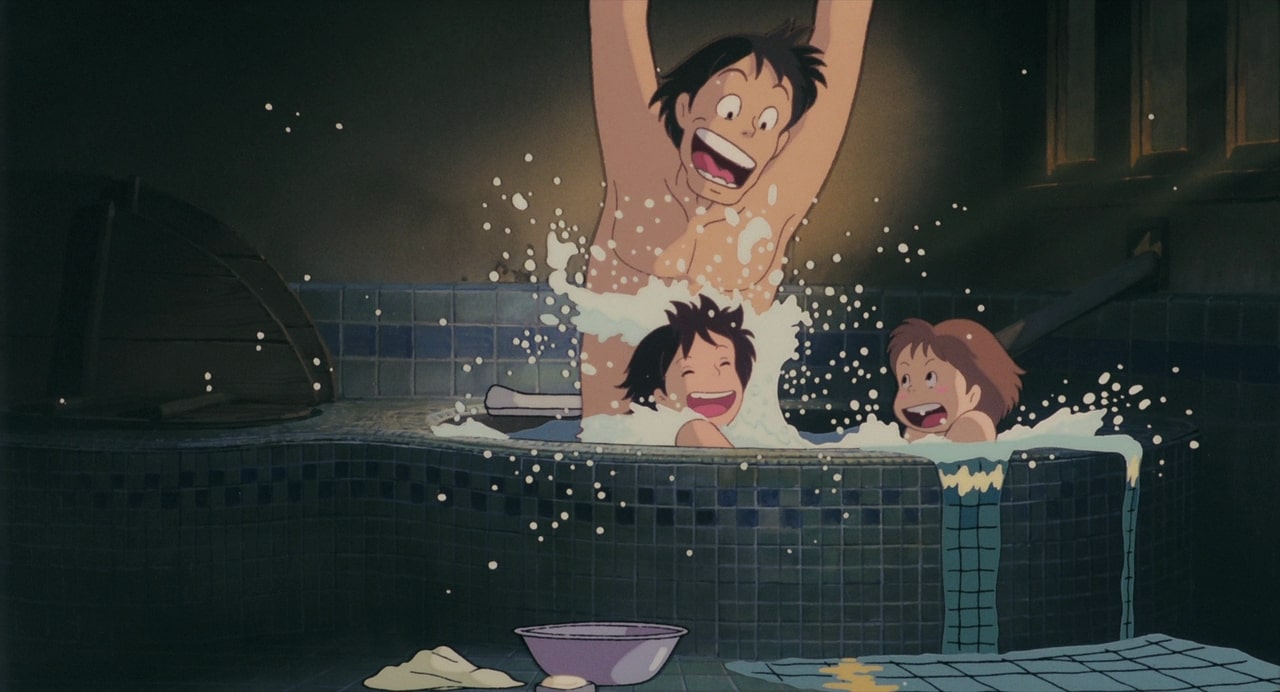12 Facts About Totoro
“My Neighbor Totoro” has captured the hearts of audiences worldwide with its endearing characters and enchanting storyline. While many fans are familiar with the beloved forest spirit Totoro, there are numerous fascinating facts about the film that may surprise even the most dedicated viewers. Let’s delve into 12 intriguing facts about “My Neighbor Totoro” that shed light on the magic behind this timeless classic.
Totoro Is A Mispronunciation Of The Japanese Word For troll
In Japanese, the word for troll is pronounced “tororu,” which bears a striking resemblance to what Mei calls the fluffy forest creature she encounters. When Mei excitedly recounts her sighting to her sister Satsuki, Satsuki questions if Mei is referring to the troll from one of their storybooks, to which Mei enthusiastically nods. This connection may not be as apparent in English, as “troll” and “Totoro” sound different, but the pieces start to align as the movie’s closing credits roll. In a poignant scene, their mother is seen reading them the fairy tale “Three Billy Goats Gruff,” which features a troll character. This detail leads many to believe that this storybook is the source of Mei’s reference. However, as Hayao Miyazaki wrote in “The Art of My Neighbor Totoro,” “[Totoro] is the name that our protagonist, the four-year-old Mei, gives these creatures. No one knows what their real name is.” This ambiguity adds to the mystique and wonder surrounding the lovable forest spirits known as Totoro.
The film’s Setting Was Inspired By The Beautiful Area Where Miyazaki Lived
The film takes place approximately an hour’s drive from Tokyo, nestled in the Sayama Hills of Tokorozawa, where Miyazaki has a residence. Miyazaki often wandered through the town, absorbing its verdant landscapes, which served as a major inspiration for the film’s setting. Suzuki relayed Miyazaki’s sentiment, citing him as saying, “If I didn’t live in Tokorozawa, Totoro would never have been born,” as reported by Comicbook.com. Today, the area is affectionately known as “Totoro Forest,” and enthusiasts can visit a Totoro sculpture located within the House of Kurosuke, resembling the iconic figure from the movie.
Totoro Appeared on Toy Story 3
Totoro’s popularity extends far beyond Japan, as evidenced by the success of the English version of the film in the US and other Western countries. Its influence even reached Pixar Animation Studios, as they included a Totoro cameo in the form of a plush doll in “Toy Story 3.” This acknowledgment of the beloved character was highlighted by Pixar’s Chief John Lasseter during a promotional event, stating, “We do little homages in our films, and we thought it was a very appropriate homage to let (Miyazaki and his film company) Studio Ghibli know how much they mean to us.” This gesture hints at the possibility of future collaborations between the two animation studios. Furthermore, Totoro has made appearances in other Studio Ghibli films as well as various Japanese animations, further solidifying its status as an iconic and beloved character in the world of animation.
Hayao Miyazaki’s Breakthrough Film
“My Neighbor Totoro” marked a significant milestone in Hayao Miyazaki’s career as a writer and director for Studio Ghibli, solidifying his reputation at the age of 76. Despite having directed two previous titles for the studio, namely “Nausicaä of the Valley of the Wind” in 1984 and “Castle in the Sky” in 1986, it was “My Neighbor Totoro” that truly propelled Miyazaki to fame. Initially, the film did not perform exceptionally well at the box office. However, two years after its release, “Totoro” garnered widespread acclaim from both audiences and critics alike, becoming synonymous with Studio Ghibli and beloved by all in Japan. The film’s enduring popularity is reflected in its impressive 93% rating on the movie critic website, Rotten Tomatoes, cementing its status as a timeless classic.
Double Billing Release with The Grave of The Fireflies
In 1988, “My Neighbor Totoro” was released as a double bill with another Studio Ghibli film titled “The Grave of the Fireflies.” A double bill refers to a special feature where audiences pay for a single ticket but are treated to two movies in return. While “My Neighbor Totoro” is a feel-good film with only a few emotional scenes, “The Grave of the Fireflies” is quite the opposite. Directed and written by Isao Takahata, this poignant film depicts the story of siblings struggling to survive at the end of World War II. Known for its heartbreaking narrative, “The Grave of the Fireflies” has a profound impact on viewers, often leaving them in tears. If you’re drawn to tragic and heartwarming stories, “The Grave of the Fireflies” is definitely worth watching alongside “My Neighbor Totoro.”
Totoro Is Based On A True Story
Despite the fantastical elements like living dust bunnies and a bus-shaped cat, Miyazaki drew inspiration from his own life for the storyline of “Totoro.” Susan Jolliffe Napier’s 2018 biography, “Miyazakiworld: A Life in Art,” provides insight into these connections. Similar to Mei and Satsuki, Miyazaki experienced the uncertainty surrounding his mother’s battle with tuberculosis. The setting of the film was based on his childhood home in the Kanto district, which sometimes caused friction with art director Kazuo Oga. Oga recalls in “The Art of ‘My Neighbor Totoro'” that his paintings often differed in color from what Miyazaki envisioned. Miyazaki himself admitted in the book that the film was largely autobiographical. During an argument with a colleague who doubted the existence of a “good kid” like Satsuki, Miyazaki insisted, “She did exist! She was me!” This personal connection adds depth and authenticity to the beloved characters and storyline of “My Neighbor Totoro.”
The Animators Loved Totoro Because They Were Tired of Action Scenes
Despite the tranquil nature of “My Neighbor Totoro,” the Ghibli team found animating it exhilarating. Miyazaki, seeking a departure from his previous action-packed films, expressed a desire to capture the charm of girls playing in fields instead of laser beam attacks. This sentiment resonated with other animators fatigued by constant action scenes. Their collective enthusiasm and skill transformed mundane moments into captivating ones, contributing to the film’s classic status. Through meticulous attention to detail, scenes like water flowing in a stream and wind rustling through the grass became as gripping as any space battle. This unique approach to storytelling and animation showcases the team’s creativity and dedication to bringing Miyazaki’s vision to life.
The House is All The Crew Member’s Dream Homes
“Totoro” enchants viewers with its beautifully realized settings, but none have left as lasting an impression as the country house, inspiring countless fans to dream of residing there. This was no coincidence. Miyazaki’s design team meticulously crafted the house to be as captivating as possible. Miyazaki elaborates on the process in “The Art of ‘My Neighbor Totoro,'” explaining, “We first imagined what an ideal house would look like.” The staff collaborated to bring this vision to life, resulting in a charming country home brimming with unique details and personality. Ultimately, the house emerges as a character in its own right, captivating audiences and evoking a desire to experience its warmth and magic firsthand.
The Catbus Has Changed With The Times
If any character from “Totoro” rivals the beloved status of the star, it’s the enchanting Catbus, encountered by Mei and Satsuki at their father’s bus stop and later serving as their rescuer when Mei becomes lost. Miyazaki’s fascination with this character is evident, as he even crafted a backstory for the Catbus, detailed in “The Art of ‘My Neighbor Totoro’.” According to Miyazaki, the Catbus originally took the form of a rickshaw carrier but was so thrilled by the sight of a bus that it transformed itself into one. Although this backstory didn’t make it into the film, it complements the narrative’s exploration of postwar Japan’s evolution and the enduring presence of magical creatures. Additionally, Miyazaki’s explanation sheds light on the Catbus’s iconic Cheshire-Cat grin, symbolizing its perpetual happiness while in motion.
My Neighbor Totoro Saved The Forest That Inspired It
“My Neighbor Totoro” holds cult classic status in the USA, but in its homeland of Japan, it’s a cultural phenomenon, with fandom powerful enough to preserve Totoro’s forest from development. Anime News Network reported in 2022 that the city of Tokorozawa successfully crowdfunded part of the 2.6 billion yen ($19 million) needed to purchase nearly 400,000 square feet of Furusato Forest, described by Miyazaki as “The landscape that gave birth to Totoro,” and transform it into a protected woodland. Studio Ghibli spearheaded the fundraising campaign, with Miyazaki contributing 300 million yen ($2.23 million) to the cause. Fans have enthusiastically supported the initiative, surpassing the 25,000,000-yen target goal. Miyazaki’s commitment to environmentalism, evident in works like “Princess Mononoke” and “Nausicaa of the Valley of the Wind,” is further underscored by his personal involvement in cleanup efforts.
The Different Totoros Each Have Names
While the oversized main Totoro has stolen the spotlight as the movie’s breakout star, “My Neighbor Totoro” also introduces two smaller counterparts who guide Mei to their larger sibling: the transparent white Little Totoro and the blue Medium Totoro. Initially, these characters were given utilitarian titles by Ghibli during production. However, they were originally intended to have more personalized names. Early size charts reveal the trio alongside other characters in their developmental stages, including a soot sprite with legs. What’s most intriguing are the labels providing the characters’ names and ages. The smallest Totoro, named Mimin, is also the youngest at 109 years old. The medium-sized Totoro, depicted in jet black instead of blue and white, goes by the name Zuku and is aged 679. Lastly, the largest Totoro combines both names, becoming Miminzuku, and boasts an age of 1302 years.
Some Scenes Were Nearly Removed For The U.S. Market
In a particular scene in the film, Mei, Satsuki, and their father are depicted bathing together in a large round tub. U.S. companies expressed a desire to remove this scene, along with another showing the girls jumping on tatami mats, as they believed they “were unlikely to be understood by American audiences,” as stated by Furniss. Despite this suggestion, Studio Ghibli remained firm in their decision to preserve the movie in its original form, refusing to make any edits.
In conclusion, “My Neighbor Totoro” continues to captivate audiences of all ages with its whimsical charm and heartfelt story. From its origin as a childhood memory of director Hayao Miyazaki to its impact on popular culture around the globe, Totoro remains an iconic symbol of joy and wonder. Whether you’re a longtime fan or discovering magic for the first time, Totoro’s world is always ready to welcome you with open arms. Explore the enchanting world of Totoro and bring a piece of the magic home by browsing our collection of Totoro merchandise.

